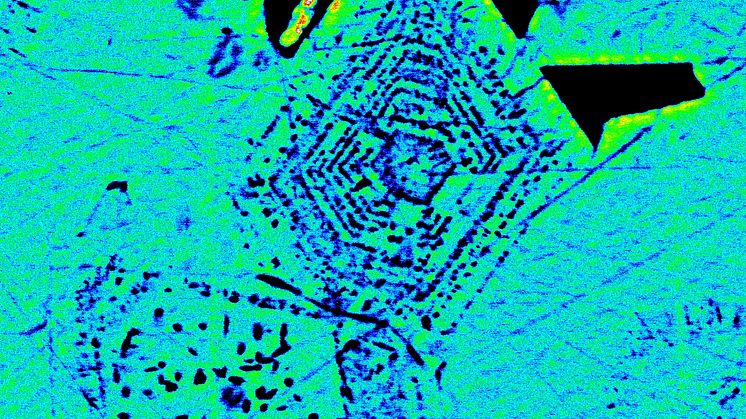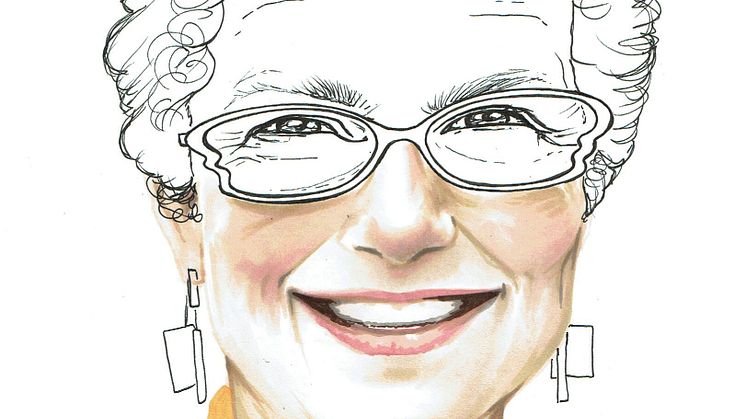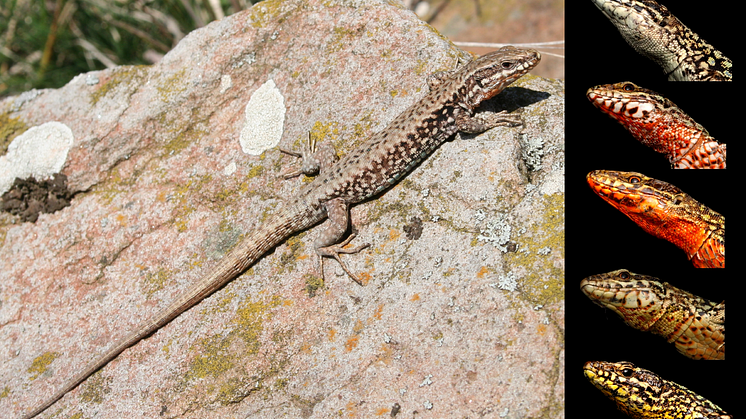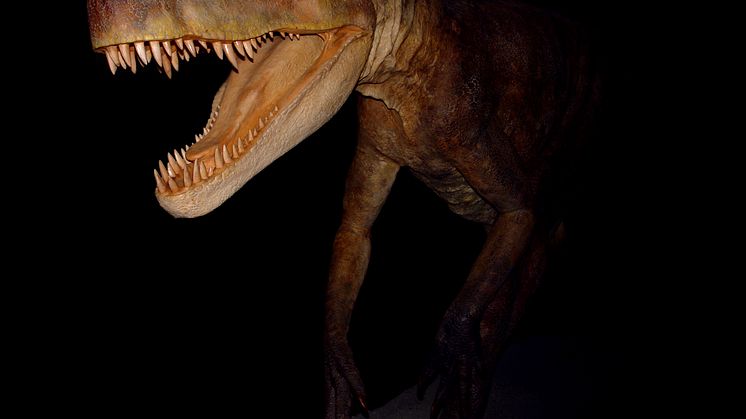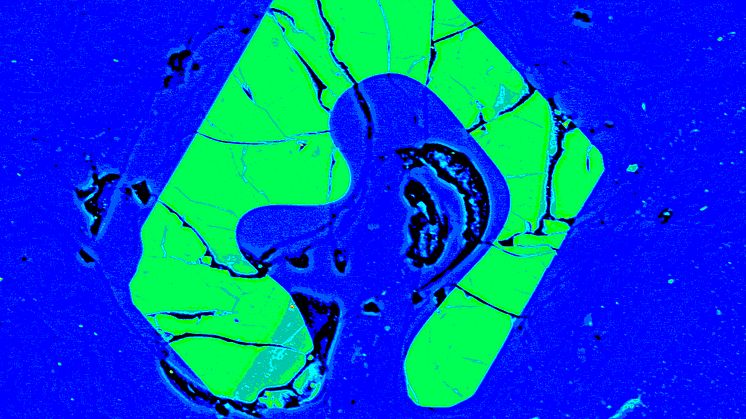Megalith tombs were family graves in European Stone Age
In a new study published in PNAS, an international research team, led from Uppsala University, discovered kin relationships among Stone Age individuals buried in megalithic tombs on Ireland and in Sweden. The kin relations can be traced for more than ten generations and suggests that megaliths were graves for kindred groups in Stone Age northwestern Europe.
